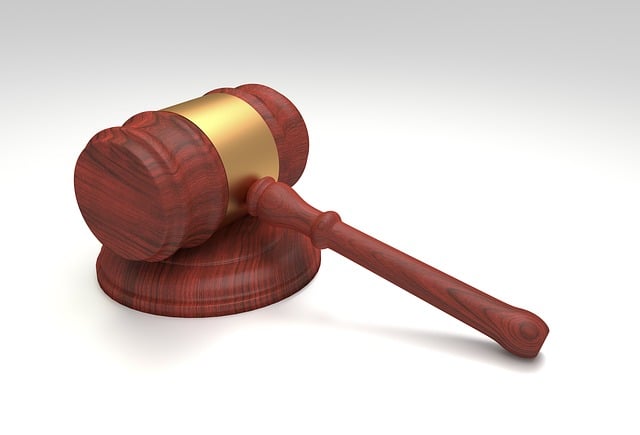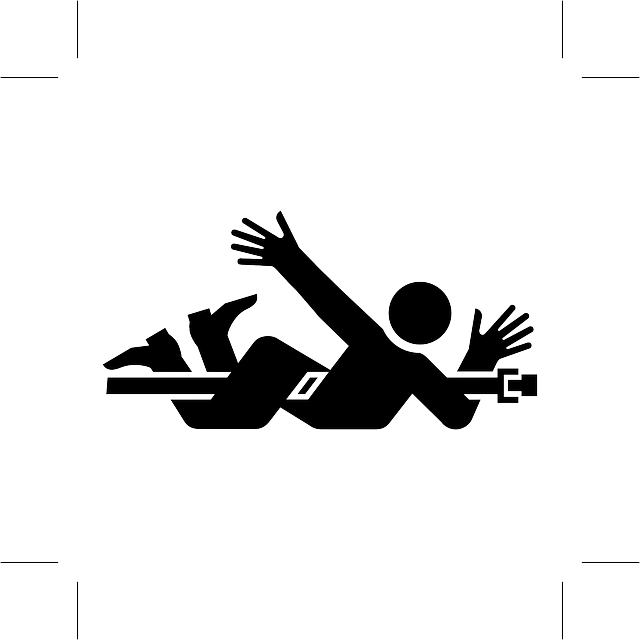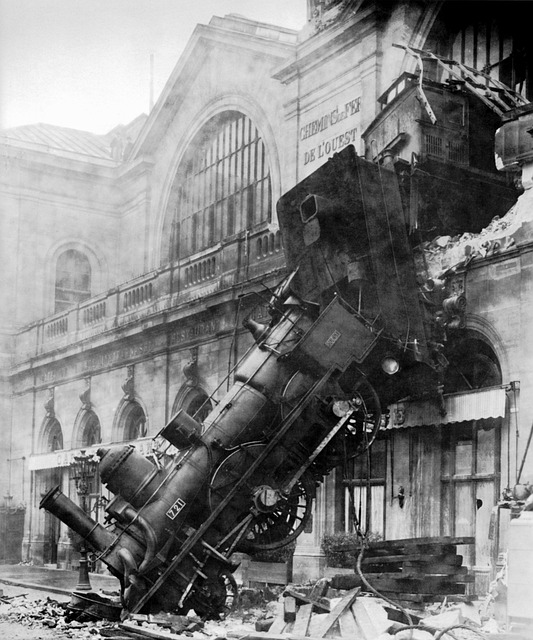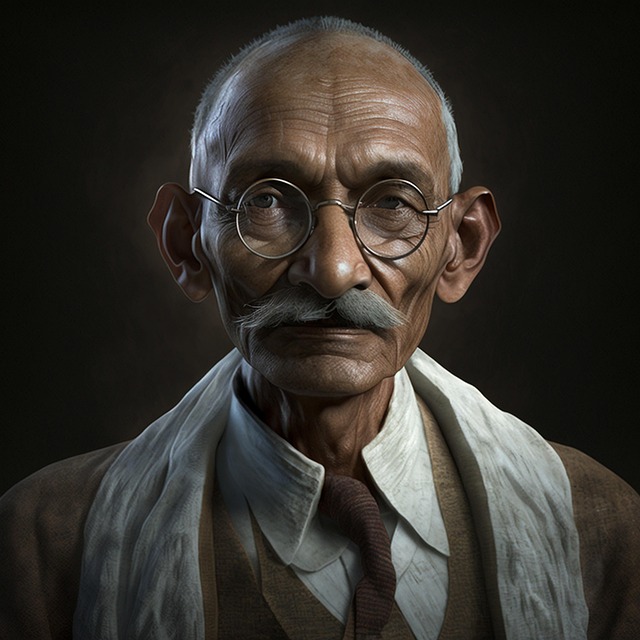Disfigurement compensation is a crucial aspect of medical law, providing financial support and recognition for physical disfigurations caused by negligence or accidents. This process relies on legal expertise, medical knowledge, and empathy to assess the emotional, psychological, and social impacts on patients' lives. Doctors play an indispensable role by offering expert evidence that quantifies injuries, using detailed medical records, expert opinions, and photographs. Their insights ensure fair compensation in insurance disputes and product liability cases, making them vital stakeholders in securing justice for disfigured individuals.
Disfigurement compensation is a crucial aspect of patient care, offering support and recognition for those suffering from physical deformities. This article guides patients through the intricate process, highlighting the essential role doctors play in assessing and documenting disfigurement.
From understanding the legal framework to compiling robust medical evidence, healthcare professionals are vital in navigating complex claims. By presenting comprehensive records, doctors can ensure patients receive fair compensation for their disfiguring conditions.
- Understanding Disfigurement Compensation: An Overview for Patients
- The Role of Doctors in Assessing and Documenting Disfigurement
- Compiling Medical Evidence: What Doctors Need to Prove Compensation Claims
Understanding Disfigurement Compensation: An Overview for Patients
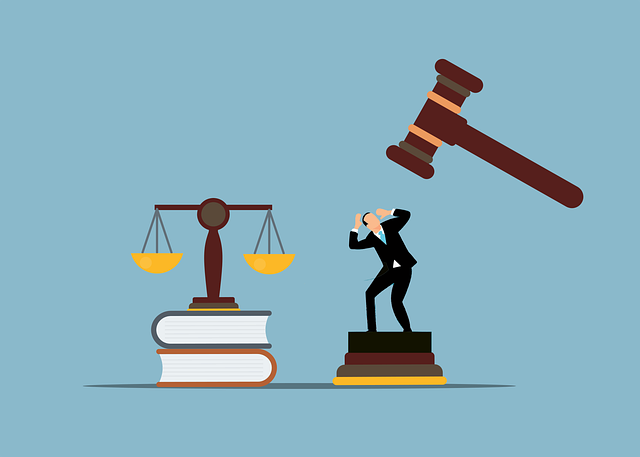
Disfigurement compensation is a crucial aspect of medical law that focuses on providing financial relief to patients who have suffered physical disfigurements due to medical negligence or accidents. This form of compensation aims to acknowledge and mitigate the emotional, psychological, and social impacts that such disfigurations can have on an individual’s life. When a patient experiences a disfiguring injury, understanding their rights and options for seeking financial redress is essential.
For patients navigating this process, it’s important to recognize that disfigurement compensation goes beyond just monetary gain. It involves a complex interplay of legal expertise, medical knowledge, and an empathetic approach to assess the extent of the disfigurement’s impact on daily functioning and overall quality of life. Patients may need to gather evidence through medical records, expert opinions, and photographs to support their claim. In cases involving medical negligence, establishing liability through breach of contract or insurance coverage disputes is a critical step in ensuring patients receive the compensation they deserve for their disfigurement-related injuries.
The Role of Doctors in Assessing and Documenting Disfigurement

Doctors play a pivotal role in assessing and documenting disfigurement for compensation claims. Their expertise is crucial in evaluating the physical impact and extent of disfiguring injuries, which often require specialized knowledge to interpret. Through thorough examinations, medical professionals can provide detailed reports that serve as compelling evidence in legal proceedings related to disfigurement compensation.
When it comes to homeowner insurance claims or elder law matters involving disfigurement, having accurate and comprehensive documentation is essential. Legal representation relies on these medical records to argue cases effectively. Doctors’ insights ensure that the true extent of the injury is recognized, facilitating fair compensation for those affected by such incidents.
Compiling Medical Evidence: What Doctors Need to Prove Compensation Claims

When it comes to disfigurement compensation claims, doctors play a pivotal role in compiling medical evidence that supports and justifies such demands. Their expertise is crucial for proving the extent of injuries sustained, especially in cases involving severe or permanent disfigurements. This process involves meticulous documentation and communication with patients to outline every detail related to their health condition.
Medical professionals must gather comprehensive records, including initial diagnoses, treatment plans, progress notes, and imaging reports. These documents illustrate the nature of the injury, its impact on bodily functions, and the necessary interventions. In cases of accident settlements or product liability disputes, doctors’ insights are invaluable in quantifying damages, particularly when dealing with disfigurement compensation claims, ensuring fair insurance disputes resolutions.
Doctors play a pivotal role in securing disfigurement compensation for patients. By thoroughly assessing and documenting the extent of disfigurement, they provide compelling medical evidence crucial for successful compensation claims. Understanding this process empowers patients to navigate the complexities of seeking justice and financial support for their physical transformations. Remember that, in cases of disfigurement, comprehensive medical records are the cornerstone of a strong claim, ensuring patients receive the recognition and compensation they deserve.

